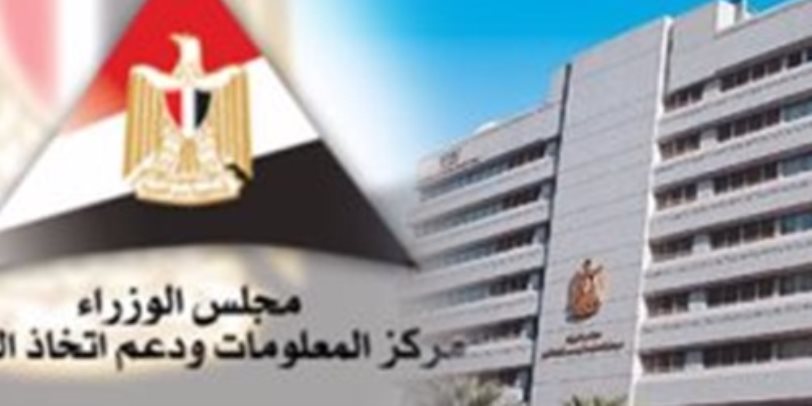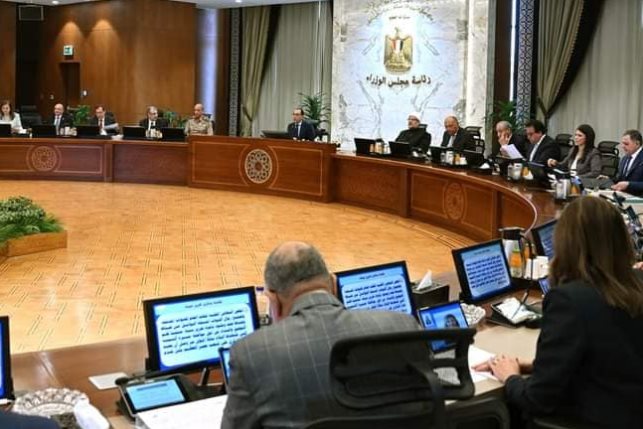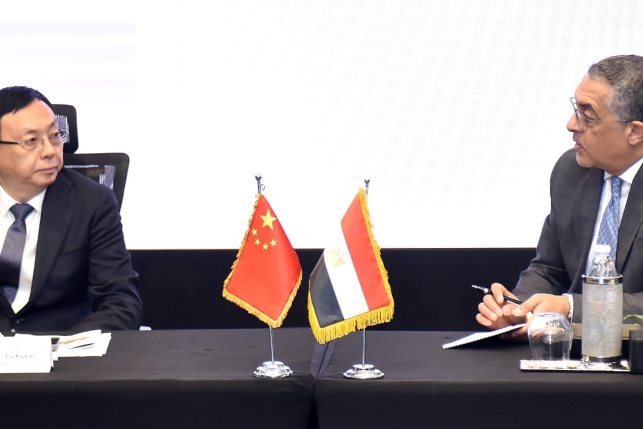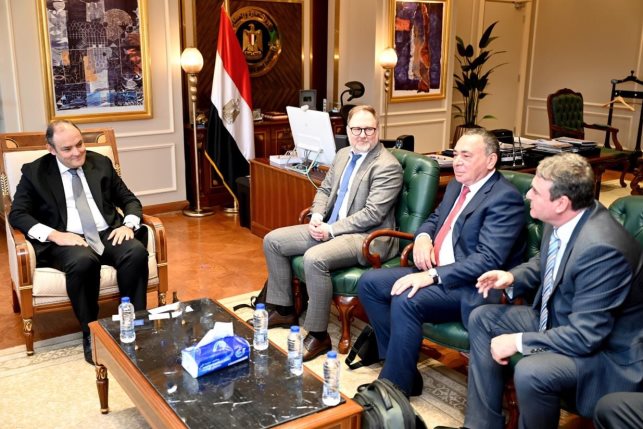Egypt unveils ambitious 2030 strategy, prioritizes expanding FX inflows by 3x ($300B)
The document highlighted boosting exports, tourism and Suez Canal revenues, remittances, FDIs, and strengthening the outsourcing sector

Egypt placed further emphasis on expanding the country’s FX inflows in a new release by the cabinet’s Information and Decision Support Center (IDSC), outlining the government’s latest strategies and goals for President El-Sisi’s latest term.
In a research document titled “Document Highlighting the Strategic Directions for the Egyptian Economy for the New Presidential Term (2024-2030),” the IDSC identified the government’s targets for the next 6 years, including a highly ambitious $300 billion increase in its annual foreign currency inflows – close to triple the current annual numbers.
The document highlighted boosting exports, tourism and Suez Canal revenues, remittances, FDIs, and strengthening the outsourcing sector.
Expanding Exports
The document outlined an ambitious plan to boost exports, targeting an annual growth rate of at least 20%, to reach $145 billion by 2030.
To facilitate this, the government plans to establish 10 specialized export zones and 10 export industrial clusters across Egyptian governorates, as well as targeting 10 promising export markets to enhance access to Egyptian goods globally.
The document acknowledged the reliance on external production inputs, which previously caused production to cease or slow down due to a shortage in foreign currency required for purchasing inputs, as a main challenge.
Egypt is also looking into increasing its outsourcing and service exports, with expectations that it will reach $13 billion within 6 years with a 10% annual growth rate.
Essential Read > Egypt’s BRICS membership begins, opening up new avenues of growth and influence
Strengthening Tourism
Tourism continues to be a prime target for the government, seeking to increase tourism revenues by 20% annually, targeting $45 billion annually in 2030.
Currently contributing to around 15% of the GDP, tourism currently brings in an estimated average of $12 billion annually.
During the January – September period of 2023, Egypt received more than 11 million tourists, an increase of about 20% year-on-year, according to the General Authority for Tourism Promotion.
The IDSC noted that, despite efforts to revitalize the sector, geopolitical fluctuations remain a challenge to Egyptian tourism. The document highlighted the recent war on Gaza and the war between Russia and Ukraine as conflicts affecting key tourism markets.
Boosting Remittances
Remittances from Egyptians abroad, facing recent challenges due to currency fluctuations, are expected to see an annual increase of 10% to reach $53 billion by 2030.
Inflows have been impacted heavily due to the devaluation of the Egyptian pound, the emergence of the black market, and a significant difference between the official and black market rates.
To achieve this, the government plans to open new foreign labor markets for Egyptians, particularly in areas of increasing demand such as artificial intelligence, biotechnology, information technology services, and nursing.
Efforts to generate foreign exchange from Egyptian expats also include the establishment of an investment fund with a capital of $1 billion, offering diversified securities to Egyptians abroad. The fund would be responsible for managing a portfolio of state-owned assets and will be run by an unspecified “fund manager with distinguished international experience.”
A separate $1 billion company will invest expats' savings in priority industrial and service sectors.
FDIs and Real Estate Development
The document described a goal of an annual 10% increase in foreign direct investments (FDI), including investments in real estate, targeting $19 billion by 2030.
The government is also exploring new approaches to convert 38% of Egypt’s external debt into FDI, emphasizing negotiations with creditor countries and banks. This would include swapping public debt for stakes in some state-owned companies.
The Ministry of Finance expects a decline in Egypt’s debt-to-GDP ratio, aiming to reduce it to 75% by 2027, driven by maximizing public revenues.
Regarding real estate, the government seeks to raise $2-3 billion through a new company dedicated to leasing and selling properties in foreign currency, which will include selling properties to foreign investors in exchange for five-year residence permits.
Raising Suez Canal Revenues
Egypt aims to strengthen the Suez Canal’s revenue inflows by an annual 10% to hit $26 billion by 2030, including revenues from the maritime services sector worth $4 billion.
Suez Canal revenues surged by 19.4% to $2.4 billion during Q3 of 2023, according to the Central Bank of Egypt.
With around 12% of the world’s trade passing through the canal, approximately 20,000 ships pass through the Suez Canal every year, making it a crucial trade route for those looking to import-export between Europe and Asia.
The Suez Canal currently faces a decline in crossings during the past 2 months as attacks on vessels around the area by the Houthis. The Yemeni group has targeted ships that are heading to or have ties to Israel in support of Palestine, which has led to security and safety concerns and several shipping companies redirecting vessels to other longer and costlier routes.
Securitization Plans and Debt Restructuring
Egypt is looking to raise significant funds through securitization, with plans to offer securitized bonds to investment banks and international investors.
The document outlined a target of between $1.4 to $10.1 billion annually between 2024 and 2030 through securitizing 20-25% of its US dollar revenues. The IDSC highlighted this as one of the “urgent priorities” for the short term to boost the country’s foreign currency reserves.





